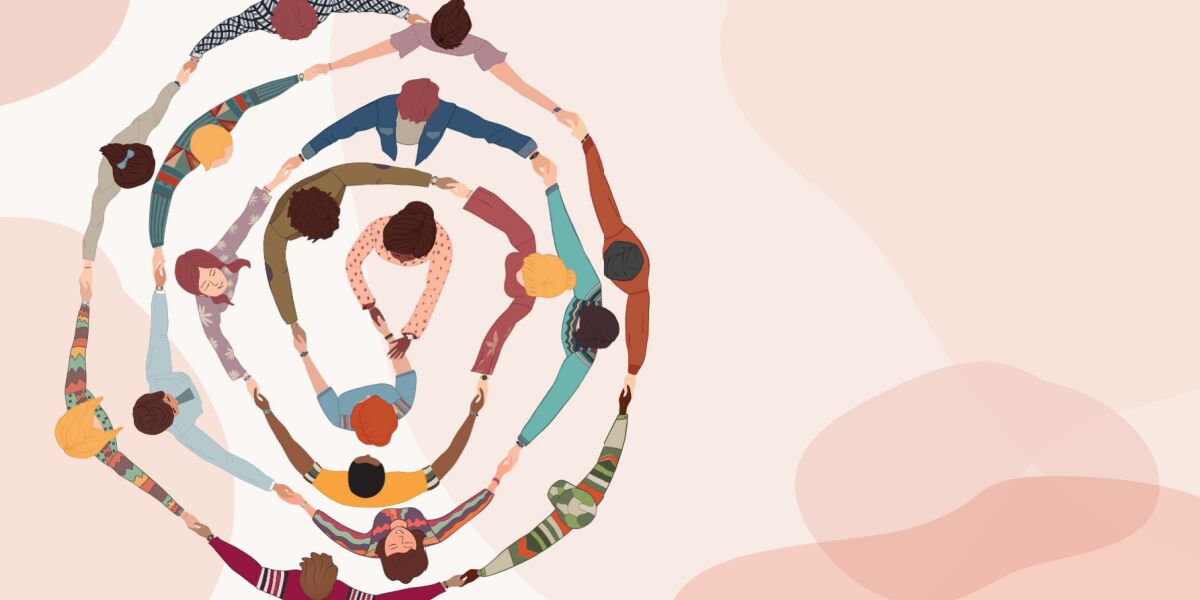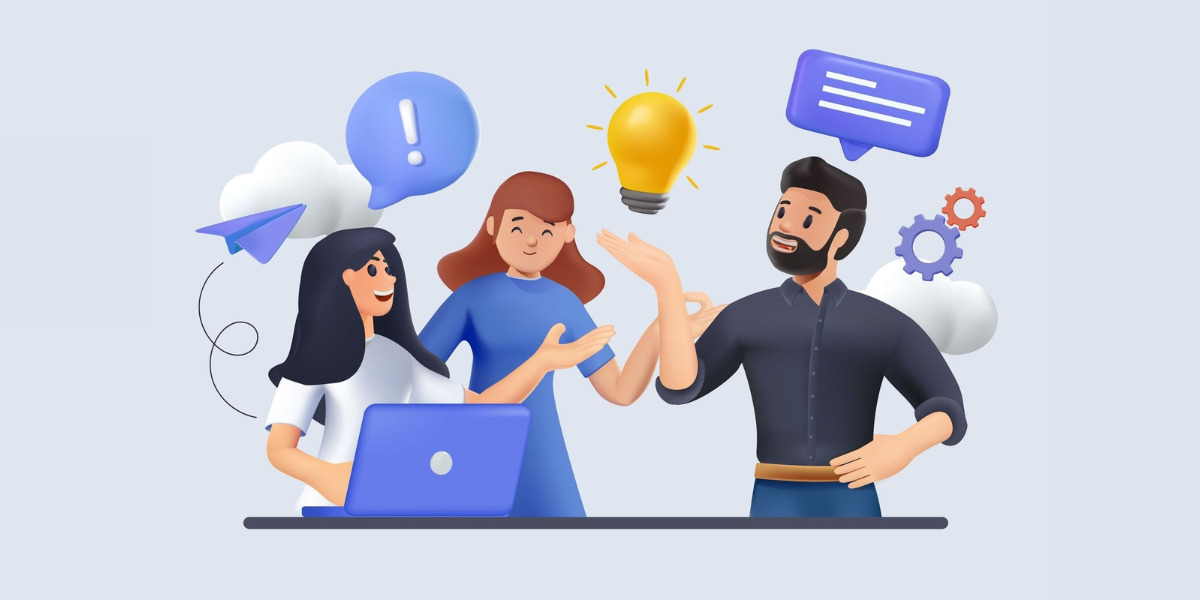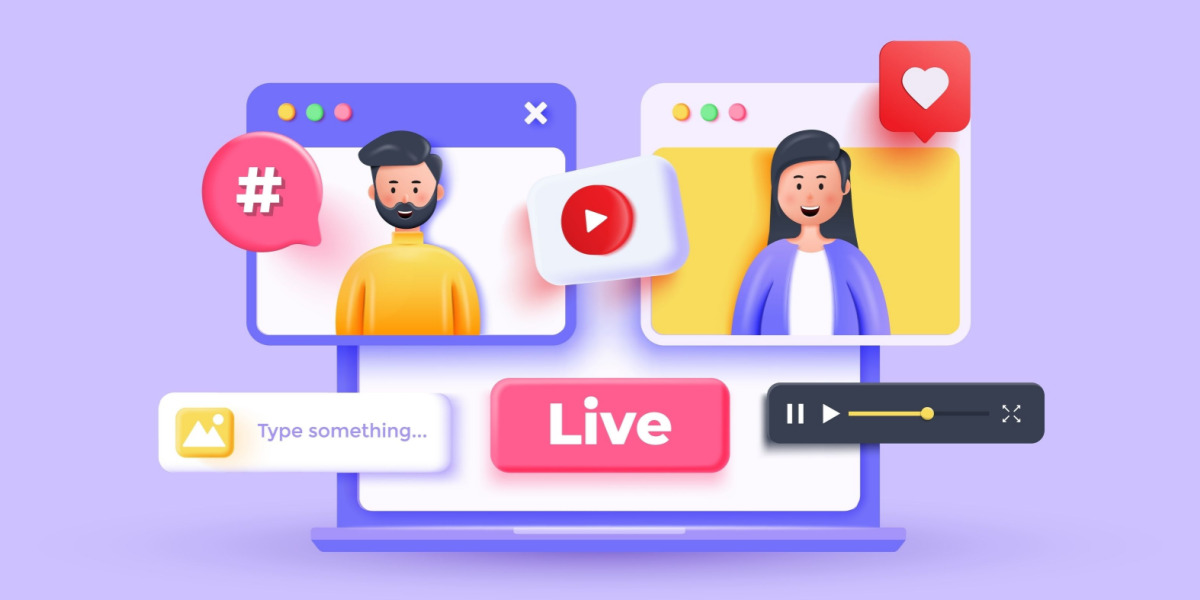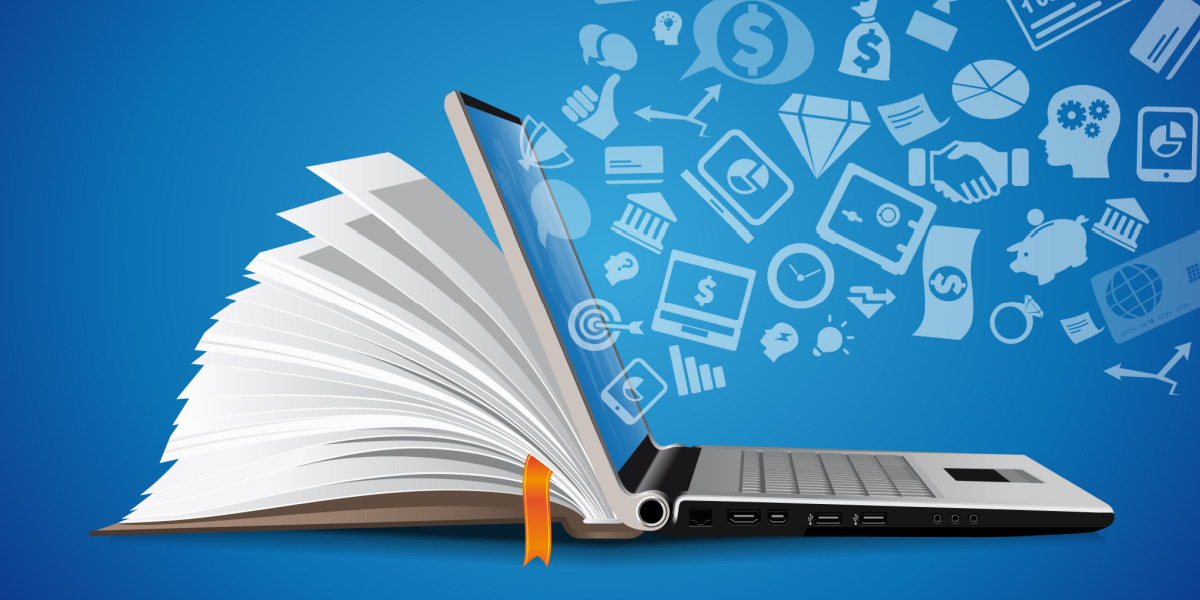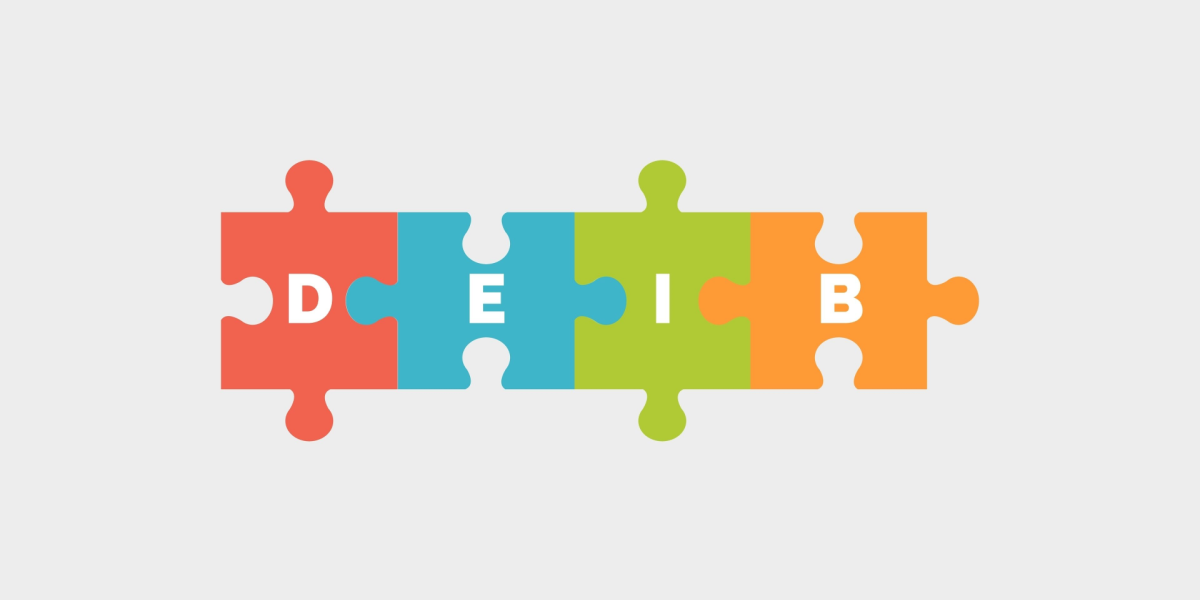If you could have one superpower, what would it be? Many of us would choose the power to read minds.
While a facial expressions expert can’t read minds, they can read emotions – the next best thing! It is a well-kept secret that reading microexpressions is a teachable superpower.
Recognizing microexpressions helps in both negotiations and connecting on a deeper level. Understanding what others are feeling at any given moment, especially in high-stakes negotiations, can mean the difference between a positive and a negative outcome.
Since facial expressions are the nonverbal and universal language of our species, they show on our faces regardless of our age, gender, culture, or geographic location.
Microexpressions are the fleeting, involuntary pieces of facial expressions that show our emotions in their purest, most instantaneous form – even when we’re trying to conceal how we feel. They are the tiny flickers of emotion that leak on our faces all day long and even in our dreams at night.
6 Ways Microexpressions Help in Negotiations
Here are six ways reading microexpressions can help build connection and increase success in negotiations:
1. Emotional Intelligence
When you can read microexpressions, you understand both your own emotions and others’ emotions better. In a negotiation, you see immediately when someone has a positive or negative response, and you can identify exactly what that person is reacting to.
Every meeting with another person is feedback, so your emotional intelligence improves continuously.
2. Trustworthiness
Reading microexpressions helps you enter negotiations safely with less emotional armor. Defensiveness can make others feel like you’re hiding something, but when you’re open and transparent, trust is strengthened.
Additionally, humans prefer to spend time with people they trust, and transparency helps others feel like they can loosen their own emotional armor. Reading microexpressions also shows you when there is an opportunity to demonstrate vulnerability, as well as when it is best not to show any emotion at all.
3. Communication
When you can recognize microexpressions, you are able to meet people exactly where they are. In negotiations, this lets you tune into the other party’s emotions and ask relevant and timely questions. For example, if an expression doesn’t match up with what someone is saying, you can inquire further to better understand their perspective.
4. Flexibility
When you know microexpressions, you can adapt as needed. You see what’s working, what isn’t working, and when others still need convincing.
Being flexible doesn’t necessarily mean changing your target but rather modifying the route you take to get there. Negotiations fail when the parties involved can’t pivot as needed.
5. Calmness
It’s amazing how quickly strong emotions can stop a negotiation. When the other party is anxious, crabby, or combative, you have the choice to meet them where they are or change the mood in the room.
Never underestimate the power of a genuine smile – it can help others feel less defensive, more relaxed, and like you’re genuinely happy to see them. Humor can also drastically change the tone of an interaction – making people laugh is an excellent way to help them feel more comfortable.
6. Empathy
Reading microexpressions involves observing other people closely. When you understand someone else’s position well, you are better able to empathize and work with them to find positive solutions.
People are happier spending time with others who care about their values, and likeability is a powerful force in negotiations. Also, it’s simply a better, kinder way to live.
Keep Learning: How to Strengthen Organizational Trust in Meaningful and Measurable Ways
Yes, No, Maybe So – The Staple Microexpressions
There are three basic microexpressions you should learn to improve your outcomes in negotiations.
The YES Face
You may think joy is expressed by smiling, but true joy shows not in the mouth, but in the skin under the lower eyelids. In an authentic expression of happiness, the cheeks rise up and push this skin out, creating bulges, or what I call “smile bags.” This is the YES Face. If you see smile bags during a negotiation, the other party feels like things are going in a positive direction.

The NO Face
The NO Face is the “I don’t want to” face. It has three parts:
- Scrunched nose with wrinkles on one or both sides.
- A raised upper lip on one or both sides.
- Deep shadows on the sides of the nostrils.
In the NO microexpression, there’s a quick jump up of the skin on one side of the nose, creating fleeting nose wrinkles and nostril shadows. If you see someone making this face in a negotiation, they dislike something that was just said or done. This gives you the opportunity to inquire more about what’s not working and pivot your approach.
It’s worth noting here that it’s a subconscious tendency in us humans to mirror expressions, so when someone makes the NO Face, you may find yourself making it too. Now you have two people growling at each other, which doesn’t bode well for a successful resolution.
If you can consciously think of something that makes you happy and lift your cheeks in a genuine expression of joy, you can often pull yourself and those around you into a calmer, more cheerful state. Authentic smiles are surprisingly rare in negotiation settings, but they make others feel understood and liked.
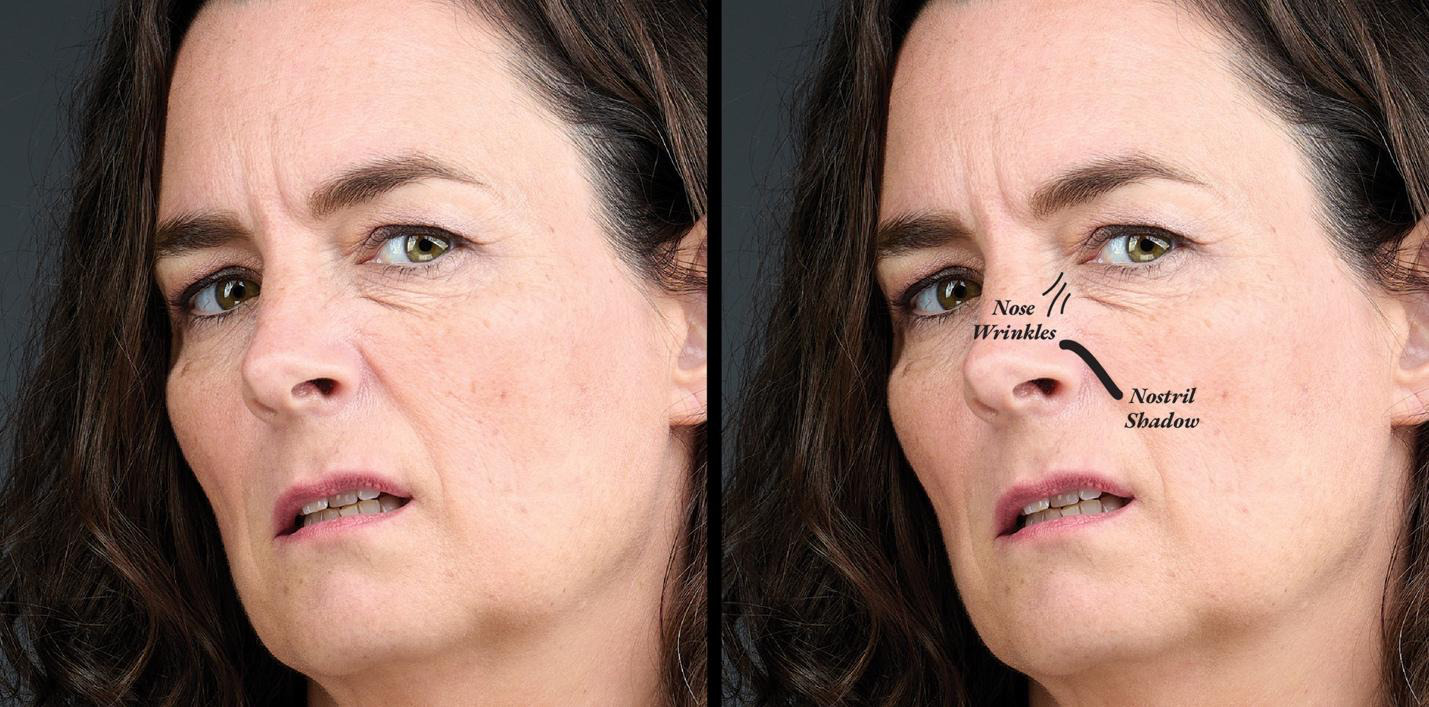
The Maybe Face
The Maybe Face pulls both corners of the mouth down simultaneously. Sometimes the eyebrows raise up at the same time, and often the shoulders give a little jump. This facial expression means, “Hmm, I’m not convinced … maybe, maybe not.”
When you see someone making the Maybe Face in a negotiation, you have more convincing to do. Take a breath and ask questions to learn more about why the other side is still on the fence.

Keep Noticing Microexpressions
The real superpower of reading microexpressions is that every face-to-face interaction provides insight that can be quickly acted upon. Learning to read facial expressions will improve your business connections and negotiation skills, and it will also help you in your personal relationships.
You will have more compassion in your daily life simply because you are able to see when other people are struggling, as well as what works and doesn’t work when connecting with others.
Indeed, you never know what kind of baggage other people are carrying. A little extra grace, kindness, and a genuine smile can go a long way to making things better for everyone.
If you want to learn over 30 facial expressions and test yourself with photographs, see The Facial Expressions Glossary. If you’d like to learn facial expressions in the ultimate anti-textbook, check out Diary of a Human Lie Detector: Facial Expressions in Love, Lust, and Lies.



